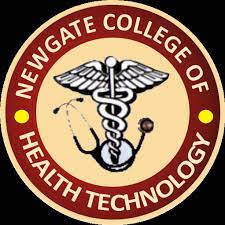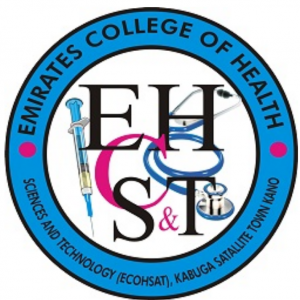Computer Science Keypoints: World Wide Web(WWW); The World Wide Web (www) has become an integral part of our daily lives, connecting people, businesses, and information across the globe.
Study other Computer Science Keypoints here
This comprehensive overview will delve into the definition, history, terminologies, protocols, advantages, disadvantages, website navigation, software for web development, and the distinctions between email and websites.
(a) Definition and Full Meanings of Acronyms:
- www: The World Wide Web, a system of interlinked hypertext documents accessed via the internet.
- HTTP: HyperText Transfer Protocol, the foundation for any data exchange on the web.
- HTTPS: HyperText Transfer Protocol Secure, an extension of HTTP providing secure communication over a computer network.
- HTML: HyperText Markup Language, the standard markup language for documents designed to be displayed in a web browser.
- XML: eXtensible Markup Language, a markup language that defines rules for encoding documents in a format readable by both humans and machines.
(b) Brief History of www:
The World Wide Web was proposed by Tim Berners-Lee in 1989 and implemented in 1990. Its development aimed to facilitate information sharing between scientists at CERN. By 1993, the first graphical web browser was introduced, marking the beginning of the web’s exponential growth.
(c) Basic Terminologies:
iii. Basic Terminologies:
- www: World Wide Web, a system of interconnected hypertext documents.
- Website: A collection of related web pages identified by a common domain name.
- Homepage: The initial or main page of a website.
- Protocol: A set of rules determining how data is transmitted over the internet.
(d) Protocol:
iv. Define Protocol and List Different Types of Protocols:
Protocol: A protocol is a set of rules governing the exchange of data in a network. Different types include:
- HTTP (HyperText Transfer Protocol): Used for transmitting hypertext via the World Wide Web.
- HTTPS (HyperText Transfer Protocol Secure): A secure version of HTTP, encrypting the data for security.
- FTP (File Transfer Protocol): Used for transferring files between computers on a network.
(e) Advantages and Disadvantages:
v. List Uses and Benefits of www:
- Global Accessibility: Access information from anywhere with internet access.
- Connectivity: Facilitates communication and connections globally.
- E-commerce: Enables online purchasing and business operations.
- Education: Online courses and information accessibility.
- Marketing: Branding and marketing of businesses on a global scale.
vi. List Disadvantages of www:
Study other Computer Science Keypoints here
- Security Risks: Risk of data and identity theft.
- Cyberbullying: Potential for online harassment.
- Fake News: Easy spread of misinformation.
- Hacking: Vulnerability to unauthorized access.
- Spam: Inundation of unwanted emails.
- Child Exploitation: Risk of pedophilic activities.
(f) Navigation Through Websites:
vi. Navigate Through Websites:
(g) Software for Web Development:
vii. Use of Software for Web Development:
- Frontpage: A web development tool for creating and managing websites.
- WordPress: A popular content management system for website creation.
- Dreamweaver: An integrated development environment for web design.
- Photoshop: Graphic design software used in web development.
- Google Web Designer: A tool for creating interactive HTML5-based designs.
(h) Differences Between Email and Website:
ix. Differentiate Between Email and Website:
- Email (e.g., xyz@jamb.gov.ng): Used for person-to-person communication via electronic messages.
- Website (e.g., www.jamb.org.ng): A collection of web pages accessible via the internet, providing information or services.
In conclusion, the World Wide Web has transformed how we access information, communicate, and conduct business. Understanding its history, terminologies, protocols, and the tools for web development is crucial in navigating the complexities and opportunities it offers while being mindful of the associated advantages and disadvantages.












